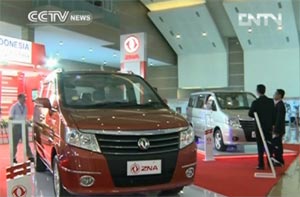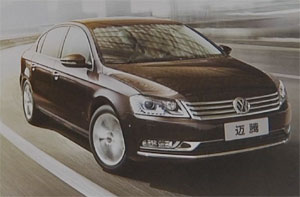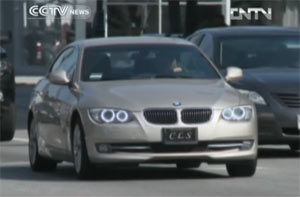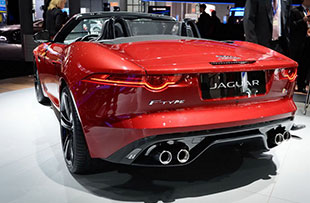Car emissions contribute to dense smog in Beijing
Updated: 2013-02-04 07:38BEIJING - Emissions from motor vehicles, coal-burning and cooking contributed to the dense smogs in Beijing in January, according to research results issued Sunday.
The three factors made up 50 percent of the contributions to the five heavy smogs last month, according to the research of the "haze's cause and control" group under the Chinese Academy of Sciences (CAS).
"The motor vehicles are blamed for nearly a quarter of the capital's PM2.5, or airborne particles measuring less than 2.5 micrometers in diameter," said Wang Yuesi, a CAS researcher.
Coal burning contributed to 20 percent of the PM2.5, according to Wang, noting dust from construction sites should also be further brought under control.
The Beijing-Tianjin-Hebei area should focus on limiting industrial production and improving the process of coal burning, enhancing desulfurization, denitration and dedusting in the burning process, Wang said.
He also suggested giving high attention to emissions from diesel-powered cars and fuel quality.
The research group spotted hazy weather in the Beijing-Tianjin-Hebei area in the periods of January 6-8, January 9-15, January 17-19, January 22-23 and January 25-31.
During the period from January 25 to 31, PM2.5 reading of more than 300 micrograms per cubic meter lasted for over 50 hours, the research result shows.
Initiated in September 2012, the research project aims to explore the formation of regional smog over a period of five years and develop technologies for curbing key pollutants that cause hazy weather.
Related:
Smog lingers despite rain in Beijing
Fewer firecrackers to reduce smog: minister
Smog affected more than 800m people: report
China to suffer more from smog
Photos:









